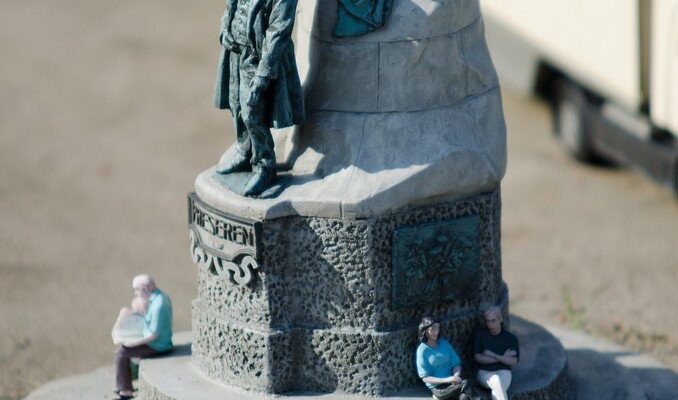Mini Europe Miniatures Park
Mini Europe is a miniature theme park located in the Brupark at the foot of the Atomium in Brussels. With 300,000 visitors a year and €3 million in annual turnover, Mini Europe is one of Brussels’ first attractions. The park features reproductions of the most beautiful monuments in the European Union: about 80 cities and 350 buildings. All exhibits are reproduced in 1:25 scale. For example, the height of Big Ben is 4 meters, and the Eiffel Tower is comparable to a three-story house.
.Mini Europe is a really unique park. Where else can you see all the historical and architectural sights of Europe in just a few hours? Ancient castles, fortresses, town halls, churches, cathedrals, fragments of streets and squares are reproduced in the park with amazing accuracy. In addition, almost every object in the park can not only be visually examined, but also listen to and even watch theatrical actions and events. All ship, train, and car models in the park’s “cities” are operational.
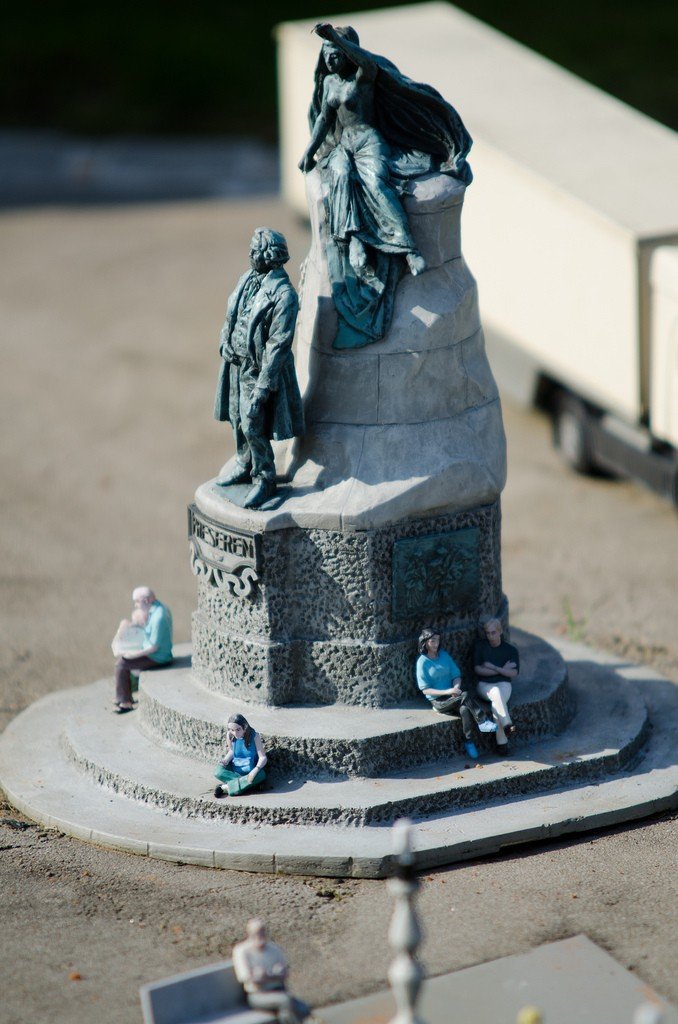
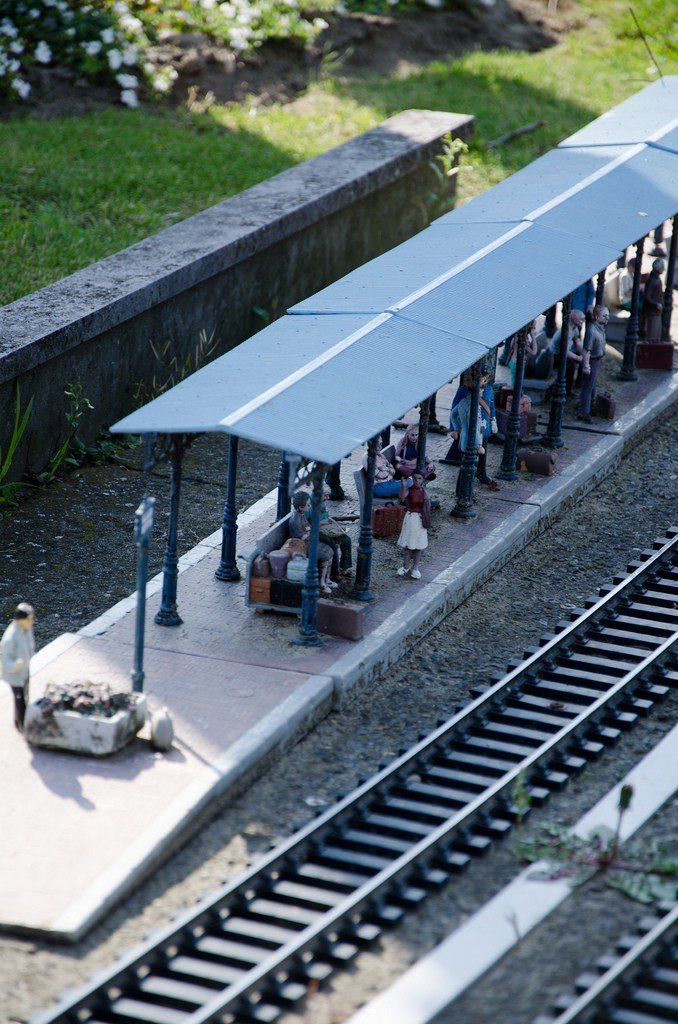
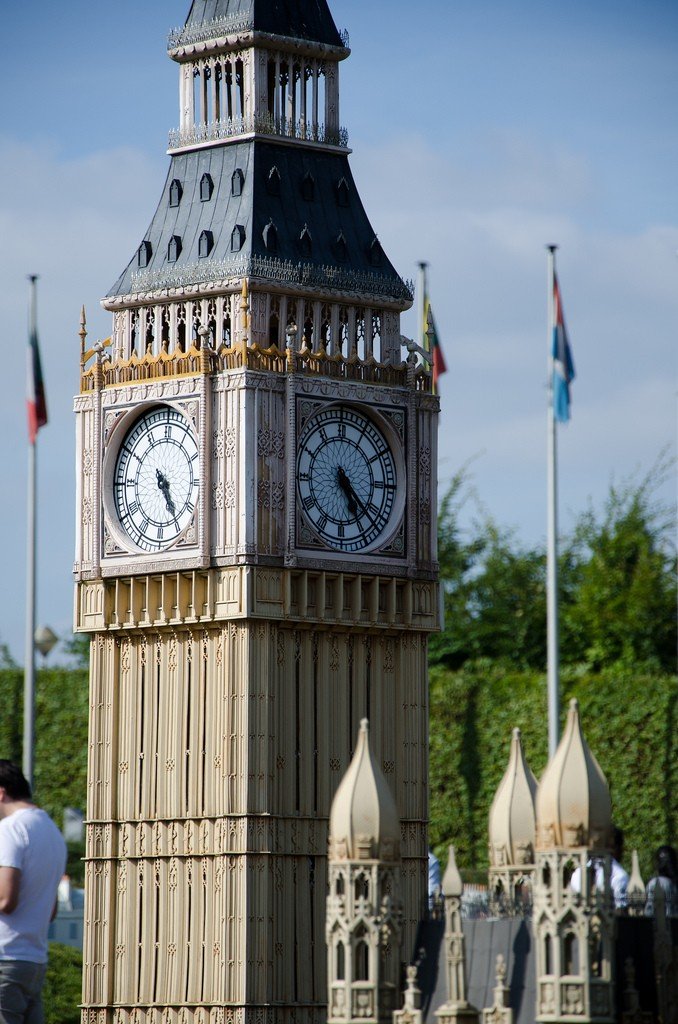
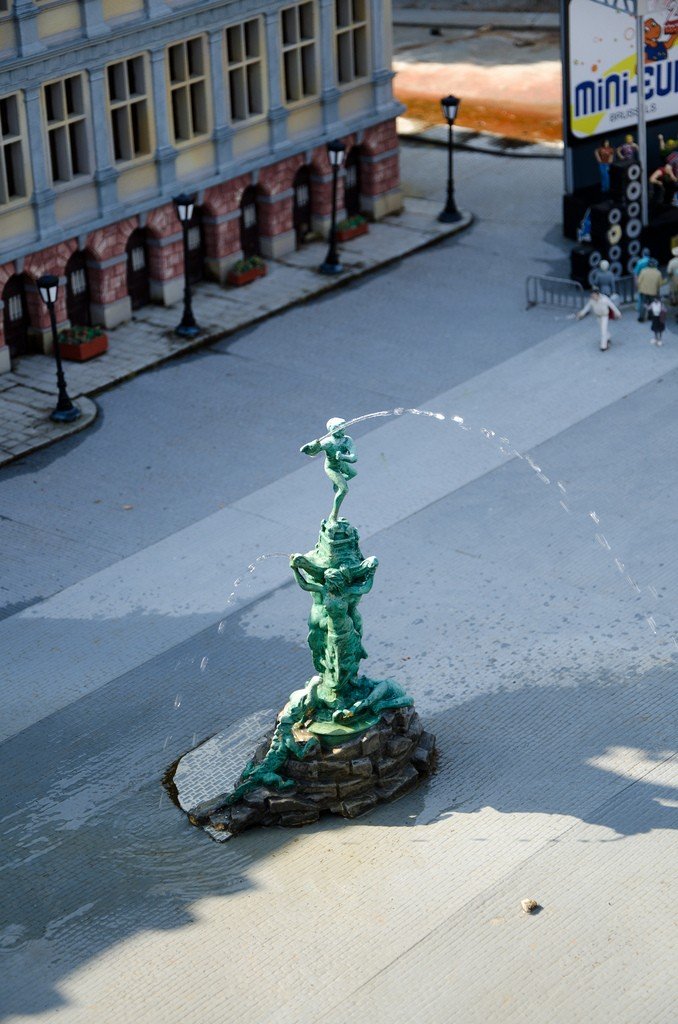
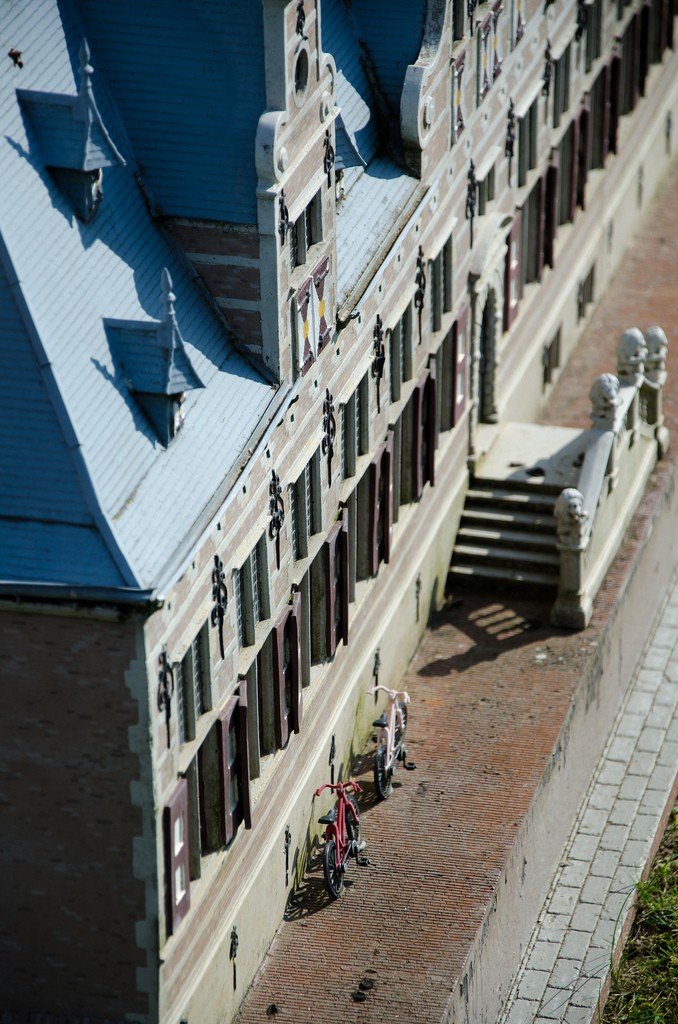
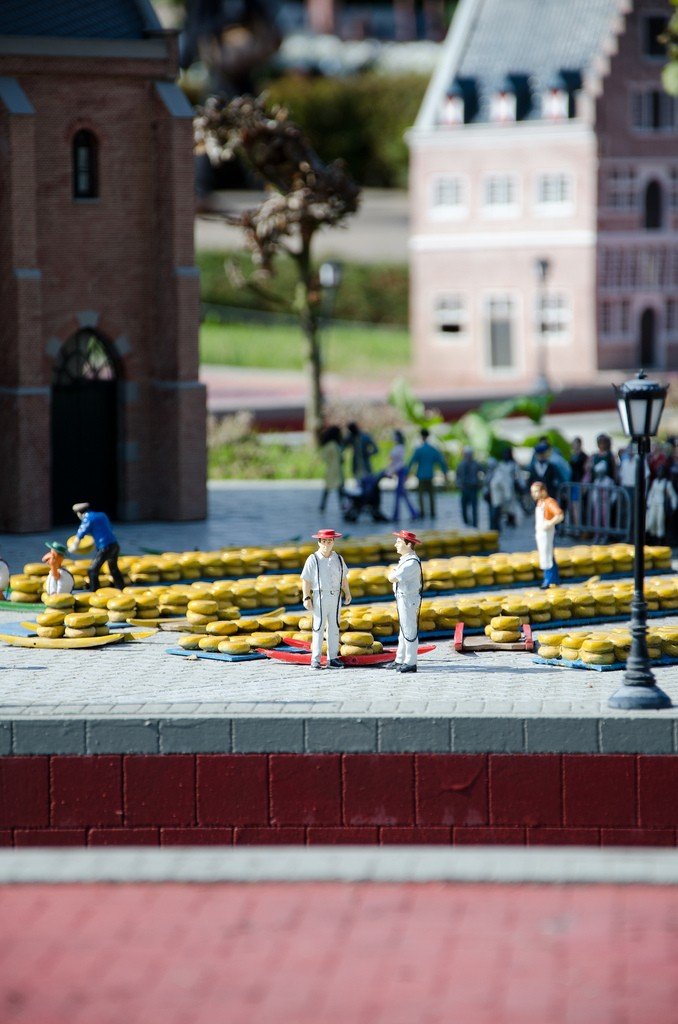
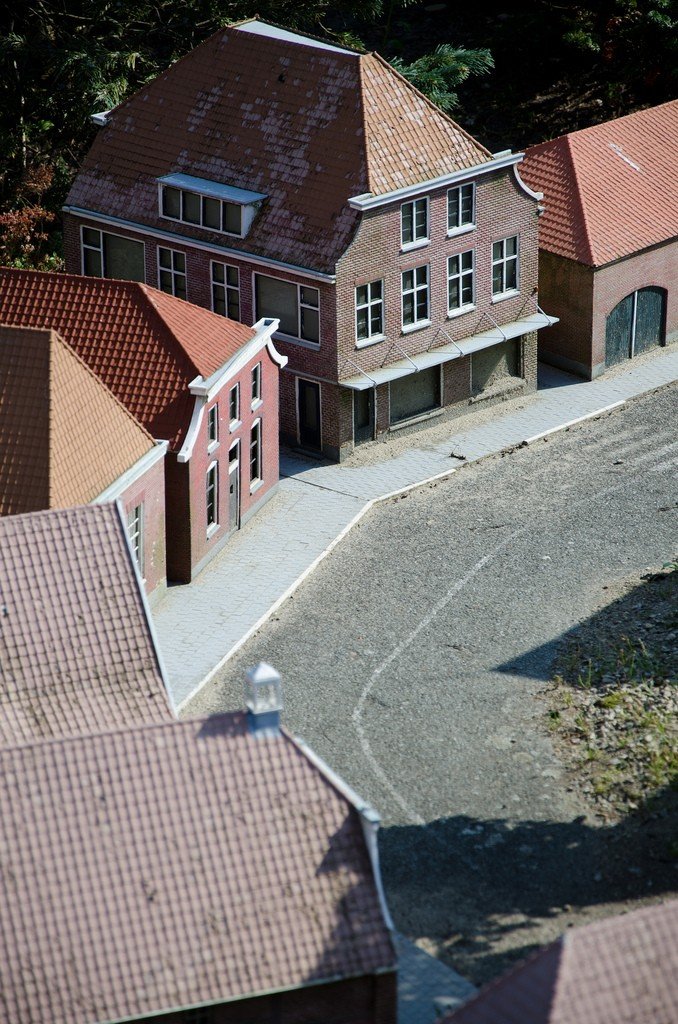
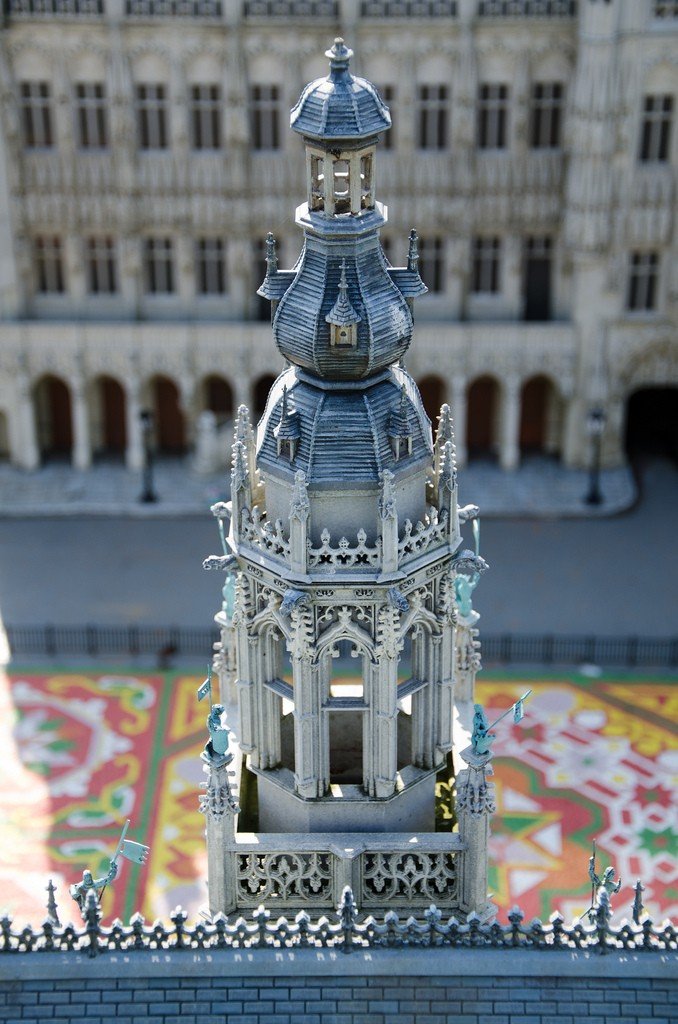
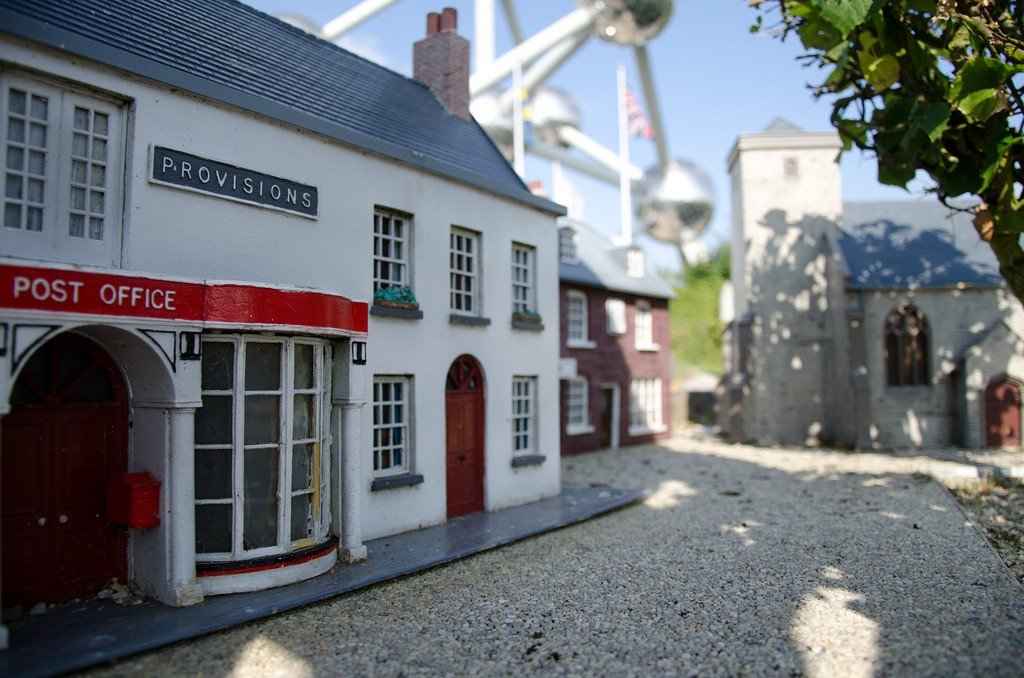
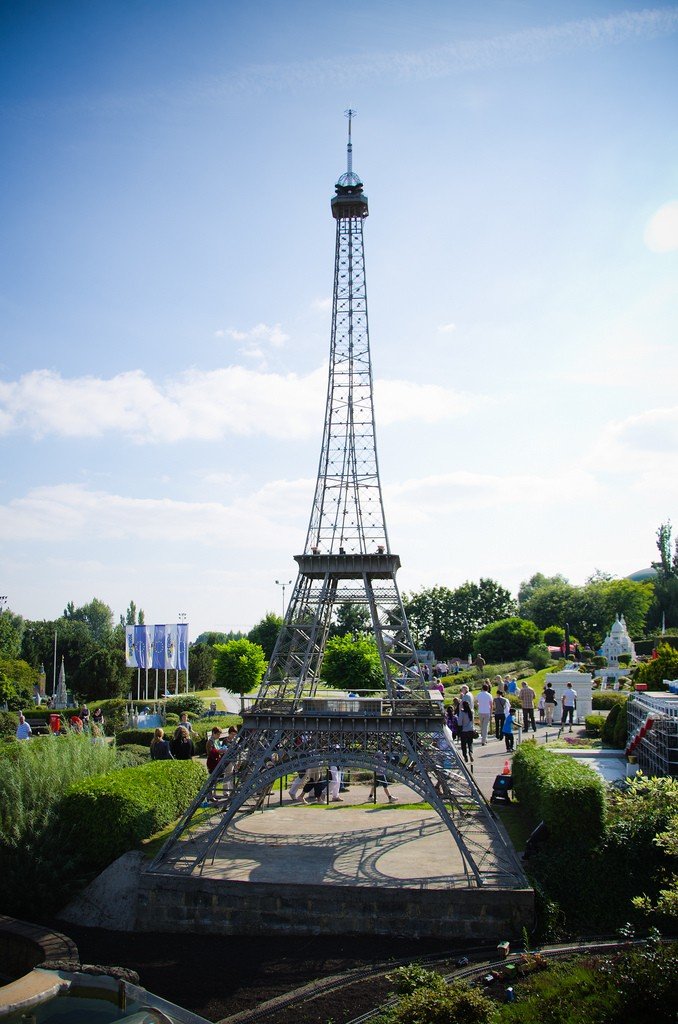
Location
The park is built on an area of 24,000 m². Mini-Europe at the foot of the giant Atomium, a building simulating an atom of iron in 165 billion magnification. On the highest ball of the Atomium at a height of 102 meters there is an observation deck, from where you can see Brussels and the whole of Europe in miniature as if in the palm of your hand.
.Construction of Monuments
The creation of the Mini Europe Park began in 1987, when a group of artists and historians selected objects from across the European continent whose replicas would be recreated in the park. The initial investment amounted to 10 million euros at the time of the grand opening in 1989 by Belgian Crown Prince Philippe.
.
The monuments were chosen based on their architectural merit and importance to Europe. After the initial selection, drawings and photographs had to be found. More than 200,000 euros were spent on researching this stage alone. Most of the monuments were built by casting. Parts were made from various materials, then copied by silicone casting. The final copy was made of epoxy resin (at first) and polyester plastic (in the final form). Three monuments are made of stone. For example, the Leaning Tower of Pisa is made of marble. For two of the models, a new computer-assisted milling technique was used.
. Painting followed. Finally, the monument was set in place with decorations and lighting. The city of Santiago de Compostela alone required more than 24,000 hours of labor. Many monuments were financed by countries or regions of Europe..Animation
The installation locations of the miniatures of the large park are brought to life by different types of animations: trains, mills, sounds, the eruption of Vesuvius, the fall of the Berlin Wall, the gondolas of Venice, cars driven by wires… These animations represent industrial prototypes with durability for many hours of operation and in different weather conditions (frost, rain, heat).
.Gardens
Lawns, dwarf trees, including Japanese dwarf trees, and grafted trees are used next to the miniature monuments, while classic shrubs and flower beds brighten up the walk.
.Tourists
Each visitor is handed a detailed guide book from which interesting details about the objects on display can be learned. The exposition is completed by the exhibition “Spirit of Europe”, which in an interactive form familiarizes visitors with the history of the European Union, its institutions, markets, cultural achievements. There is a restaurant at the tourists’ disposal.
.In the evening and at night the park becomes even more beautiful, as each exhibit from all sides is illuminated by special lanterns, in the light of which the buildings look very spectacular.
.Address
Bruparck, 1020 Brussel, Belgium.
.Opening hours
The schedule depends on the season. Between March 17 and January 6, the park is open daily from 9:30-10:00 am to 6:00-20:00 pm. The ticket office closes one hour before closing time. On some days, the park may be open until midnight.
.Cost
13,8 €, for children under 12 years old – 10 €, for children under 1,2 m tall – free of charge.
How to get to Mini Europe
Take a bus on the Brussels ring road to the stop “Heysel – Wemmel”, then follow the sign “Bruparck”; city buses #84, 88, N17, N18; streetcars #7, 51.
.Conditions of visit
The park is wheelchair-accessible; dogs are not allowed in the Mini Europe.
